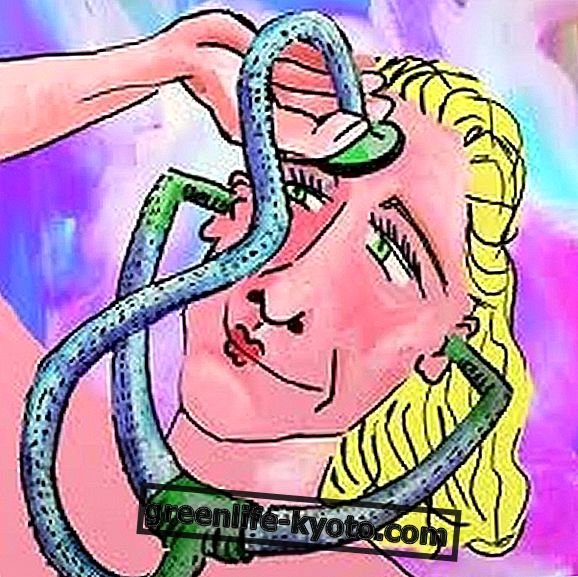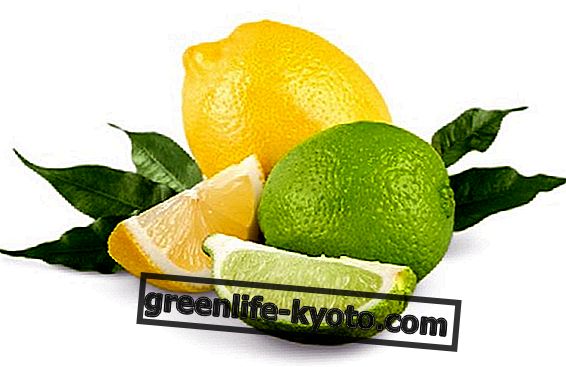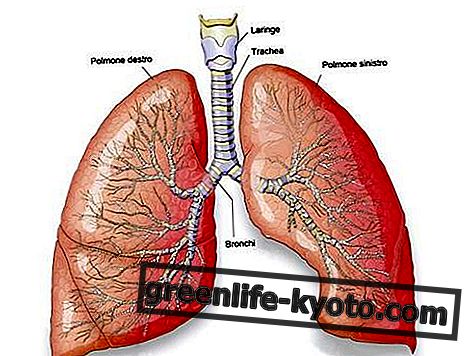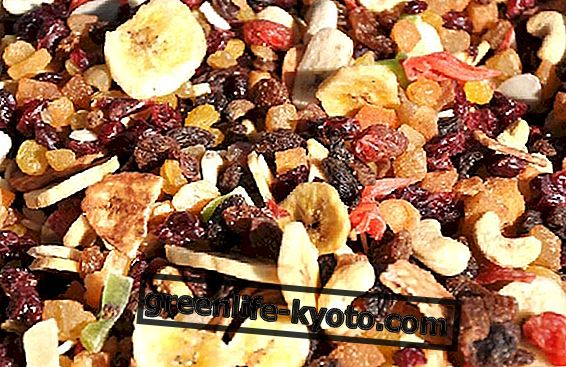
When nutrition and naturopathy walk together they trace a path that is worth walking in our turn. You never know, along the way, we could debunk some myths.
For this reason we asked some questions to Veronica Pacella, Doctor in "Nutrition Sciences and Human Nutrition" (University of Perugia), qualified as "Expert in Methodology and Applications of Biomedical Research in Nutrition". After graduating he obtained the three-year diploma of "Traditional Naturopathy", Free Italian University of Applied Naturopathy - Rudy Lanza Institute.
Naturopath registered with the FNNHP (National Federation of Naturopathic Heilpraktiker Professionals) and nutritionist registered with the ONB ( National Order of Biologists) .
Recently, always within his constant and passionate training course in naturopathy, he had the opportunity to deepen the correlation between gastric problems, food intolerances, Australian Bush Flower Essence with iridological interpretation of the cases treated.
It hit us - The question posed by Hades on the threshold of the realm of the dead will be simple. Not "Who have you been?" But "What did you let go through you?" - Christiane Singer, quote that she put at the top of the page dedicated to her studies on her personal website. How come this choice?
Because I find that the phrase really represents my essence.
My course of study but also of spiritual research is oriented to well-being: helping others to find their balance, physically but also emotionally.
In a society that often reflects a superficial image of itself, it is important to distinguish who we really are from that with which, instead, we identify ourselves. Today, where health often goes hand in hand with business, it is even more important to correctly inform people and help them find the path that is best suited to them, accompanying them towards complete psycho-physical well-being.
Is the relationship with others a form of food equal to food?
Human relationships allow us to compare and grow, enrich us, nurture us. It could be said that food does the same: the baby begins to explore the world by bringing the objects closer to its mouth. Both the relationships and the food, however, if lived in a "distorted" key, can take on a different value and assume the forms of a distance that we take from ourselves .
In May 2009 he graduated with the 110/110 cum laude and the thesis "Bone and Fat: Old Questions, New Insights", demonstrating a correlation between the lipotoxicity induced by the unregulated visceral adipose tissue and the bone tissue. Can you illustrate the basic argument of the thesis?
During the degree course I studied in great depth the Metabolic Syndrome : a cluster of abnormalities that include high fasting blood glucose, hyperinsulinemia, high blood pressure, low HDL cholesterol, hypertriglyceridemia and increased waist circumference.
In the Metabolic Syndrome the visceral adipose tissue plays a very important role, because an "adiposopathy", that is an unregulated adipose tissue, leads to a state of lipotoxicity which involves organs such as heart, muscles, liver and pancreas.
The cells of adipose tissue (adipocytes) and those of bone tissue (osteoblasts, which form new bone) derive from the same "progenitor": mesenchymal stem cells (MSC).
During the thesis I demonstrate that, through inflammation and aging, the differentiation of MSCs goes towards a greater production of adipocytes and a lower production of osteoblasts, with the result that it increases the adipose tissue and decreases the bone tissue. Furthermore, an excess of saturated fats affects this negative differentiation. The thesis concludes by stating that osteoporosis could be considered a manifestation of the metabolic syndrome . This correlation then became the subject of study by some professors who attended the discussion of my thesis, which, for complexity and novelty of the subject, earned me the praise!
Can dysmetabolic diseases be linked to lifestyle or is the most influential factor hereditary?
Today we talk a lot about heredity . Undoubtedly the hereditary factor is present, but I believe that it is above all the lifestyle that makes a genetic predisposition manifest itself.
Many nutritionists, such as Hervé Grosgogeat, collect diabetes, Alzheimer's, Parkinson's, and other diseases under the term "silent inflammation", show a tangible link with nutrition and indicate foods that are not pro-inflammatory. What do you think?
I think today's food is a real minefield! From my experience I have noticed how the body responds differently to the slightest variation of one food rather than another, especially if this is a pro-inflammatory food. And today, on our tables, there are so many! For this reason, proper education and food information is essential!
In many cases those who do sports find themselves following one-way diets: increasing their protein intake to increase muscle mass. The result is often: more toxins to dispose of. Can you tell us something about this protein myth?
That of the protein remains, in fact, a myth. I follow sportsmen to whom I have eliminated protein supplements (have you ever read their labels !?) and elaborated a diet adapted to their constitution by reducing the excessive protein intake to safeguard the work of very important organs such as the liver and kidneys .
They have improved performance and increased muscle mass, at the same time feeling a greater sense of well-being. This shows how the body, in optimal conditions, is always able to respond in the right way!
You also wrote about another false myth, the myth of calories. The fulcrum on which his interesting article revolves rests on a question: is a simple reasoning with addition and subtraction of calories sufficient to explain a complex mechanism such as weight loss? We ask you if yes or possibly why not.
No, it is not enough, especially because, in addition to the reasoning based on the caloric calculation that I explain in the article, weight loss is part of complex reactions that take place in the body. It is important to reflect on the fact that being overweight is the result of an imbalance coming from different causes.
Weight loss for its own sake therefore leads to nothing but a superficial and often even harmful job. In the adipose tissue, in fact, toxins are deposited which, if not properly disposed of, return to circulation and can end up depositing themselves in more important organs.
Take the case of a sportsman who wants to follow a diet to replenish mineral salts lost through sweat. What absolutely must not miss?
The diet in the sportsman, for a professional who works by exploiting the nutritional and metabolic power of food, is very complex and is built on its constitutional characteristics . To start with I always recommend an energizing drink "do it yourself" which, unlike those on the market, has the advantage of being natural and therefore rich in mineral salts and readily bioavailable vitamins to be replenished.
It is prepared with the juice of a grapefruit and a lemon, a little honey and a pinch of salt . Or you can combine an orange juice and a banana.
Have you read The China study ? What do you think?
I haven't read The China Study yet, they've talked about it. In any case, I am convinced that a diet based mainly on foods of plant origin, with the right amount of nutrients, has an excellent effect on our health.
Before leaving, we ask you three food precautions to live the spring well and flow gently towards the summer.
Spring is the season of renewal during which the old is thrown away to make room for the new. The body, apparently more tired, is actually getting rid of toxins and waste accumulated during the winter. We can accompany it in this purification by preferring foods rich in vitamins and mineral salts, placing them in our diet with about 5 portions of vegetables, seeds and fresh fruit, all strictly in season.
You can also combine purifying herbal teas, on the advice of our trusted herbalist, to drink at breakfast and during the day.
Last, but not least, a healthy physical activity : movement is a real cure for the body, promotes the elimination of toxins and the production of endorphins, the molecules of good mood!













